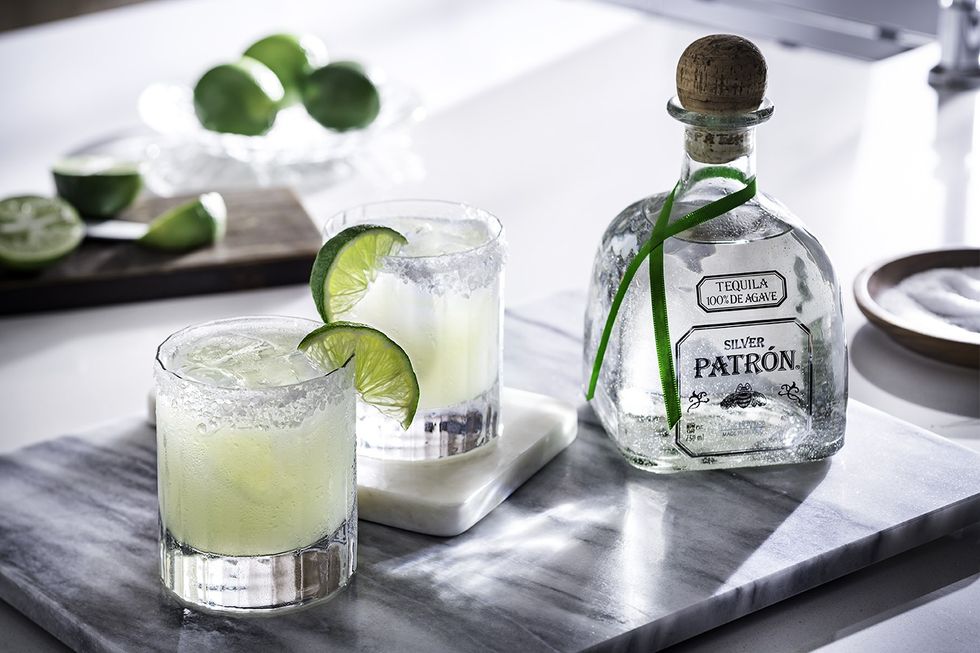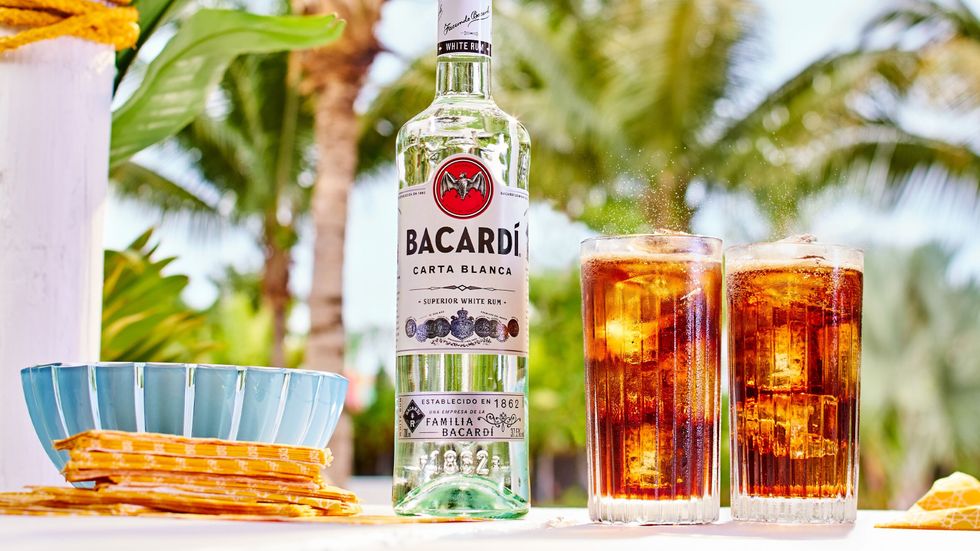Nearly half of Brits (44%) say they would prefer a G&T to a cup of tea when getting together with friends, according to a new survey by spirits major Bacardi Limited.
The UK consumer survey was conducted as part of the sixth annual Bacardi Cocktail Trends Report which anticipates the key trends redefining global cocktail culture and the spirits business in 2025.
Cocktail culture in the UK is continuing its growth trajectory with nearly half (48%) of all Gen Z consumers (aged 18-29 years old) surveyed saying they would prefer to celebrate a special moment with a cocktail instead of Champagne.
The same group also has a growing interest in cocktails over beer and wine. In the UK, 35 per cent of Gen Z respondents said that compared to last year they are more likely to drink a cocktail than beer and 29 per cent said the same about wine.
“As a family-owned company that’s been around for over 160 years, Bacardi has a strong track record of identifying trends in what and where people are drinking,” says Steve Young, business unit director for Bacardi in the UK & Ireland.
“It’s how we ensure our portfolio of premium spirit brands, including Bacardí rum, Bombay Sapphire gin, Grey Goose vodka and Patrón tequila, are the drinks enjoyed by each new generation of consumers.”
Commenting on the UK’s top 10 cocktails for 2025, Davide Zanardo, head of advocacy for Bacardi in the UK & Ireland, said: “The G&T tops our poll for 2025 so perhaps it’s not surprising it’s now rivalling the cup of tea as the country’s national drink. The love that Brits have for Bombay Sapphire has made the iconic blue bottle a feature in bars, stores and homes across the UK.
“In 2025, the tequila trend will be unstoppable with the Margarita shooting up the rankings of the most popular cocktails in the UK, rising eight places from number 13 in 2024 to fifth in 2025. Agave is what everyone in the industry is talking about and that’s reflected in the demand for ultra-premium tequilas like PATRÓN.”
Top 10 UK cocktails for 2025 are:
1. Gin & Tonic
2. Piña Colada
3. Mojito
4. Rum & Coke
5. Margarita
6. Passionfruit / Pornstar Martini
7. Vodka & Lemonade
8. Irish Coffee
9. Daiquiri
10. Gin & Lemonade
Globally, the five macro-trends defined by the 2025 Bacardi Cocktail Trends Report are:
1: Premium Fans. Fandoms are redefining premium entertainment as they invest in immersive experiences that embrace hospitality add-ons and bespoke travel packages, and next year’s highly anticipated Oasis reunion is only going to fuel this trend. Brands and venues are responding to this demand with offers that include luxury hotels for “gig-tripping” packages and sports bars curating exclusive cocktail experiences. The synergy between fandom and premium spirits at live events is helping to shape the future of entertainment.
2: In-The-Know Imbibing. Cocktail culture is evolving from spectacle to substance, as IYKYK – i.e. If You Know You Know – experiences take centre stage. Mixologists will transform into designers, educators and opinion leaders, using their craft to create a more meaningful connection with every person that walks into their bar. In fact, 61 percent of UK respondents to the Bacardi Consumer Survey are concerned that drinks created by AI will miss the emotional and artistic finesse of bartenders.
3: New Cocktail Frontiers. Digital fatigue and a growing desire for cultural exploration mean people are craving real, multi-sensory engagement—in fact, UK respondents to the Bacardi survey ranked cocktails that provide a multi-sensory experience as a key reason for paying more. This shift is transforming how people enjoy drinks and where they enjoy them. 2025 will see the rise of immersive venues which cater to early evening, sensory-rich cocktail moments.
4: Culinary Connoisseurs. The line between food and drink is blurring as mixologists experiment with kitchen staples like milk, oil, and brine to create a new wave of gastro-inspired drinking experiences. Nearly three-quarters (70%) of bartenders draw inspiration from the culinary arts when creating cocktails, according to the Bacardi Global Brand Ambassador Survey. This trend aligns with consumer interest in savoury and herbaceous flavours, which grew by 20% and 15% respectively in 2024.
5: The Future Spirit. As brands evolve to align with the values of next-gen consumers, 2025 will see a push for inclusivity and a drive for positive change. A strong focus on community building and education will see support for organizations that improve the hospitality landscape. The Bacardi Global Brand Ambassador Survey underscores the industry's motivation for deeper connection with 62% of respondents expressing interest in more professional networking opportunities in 2025.








